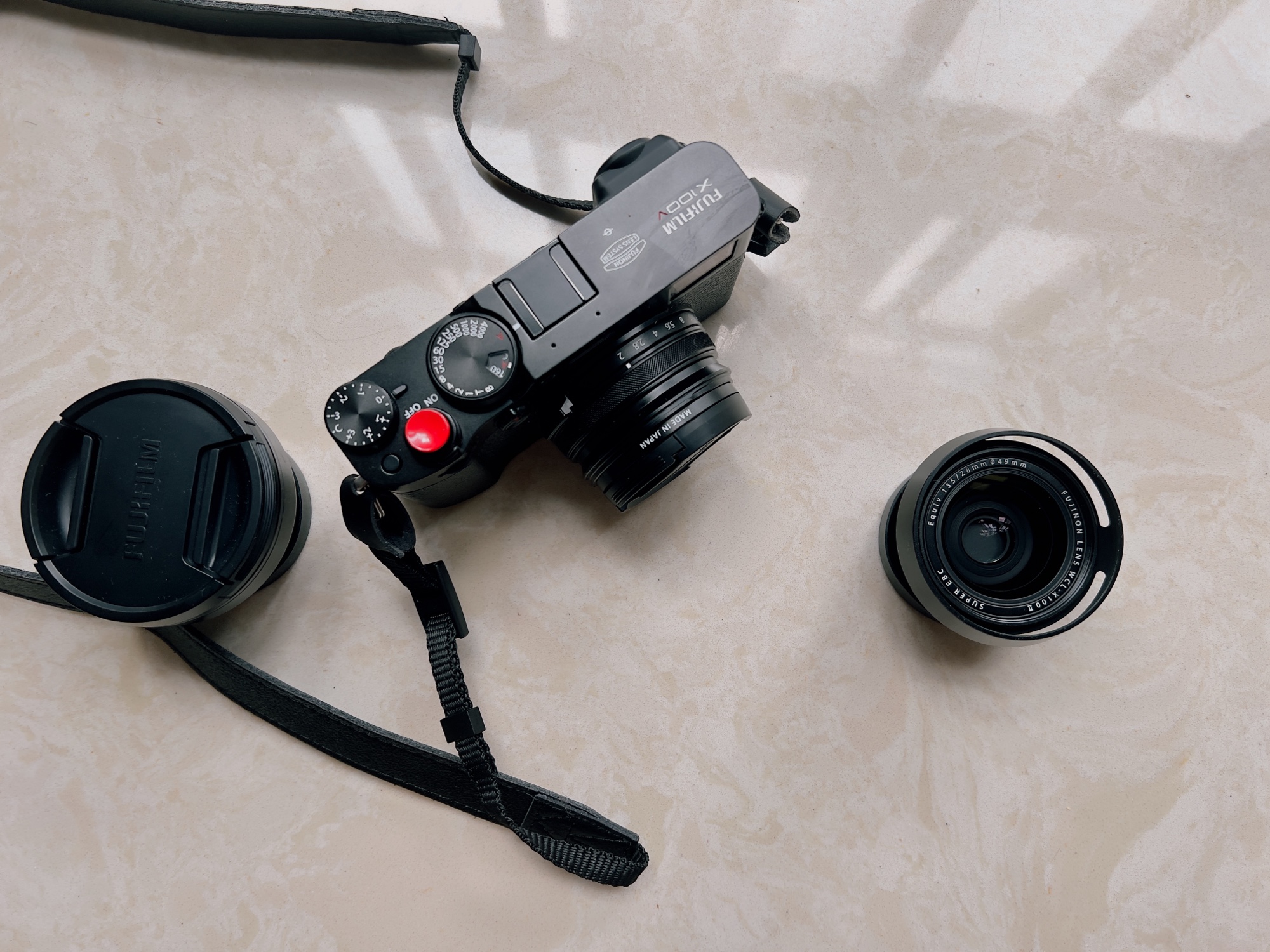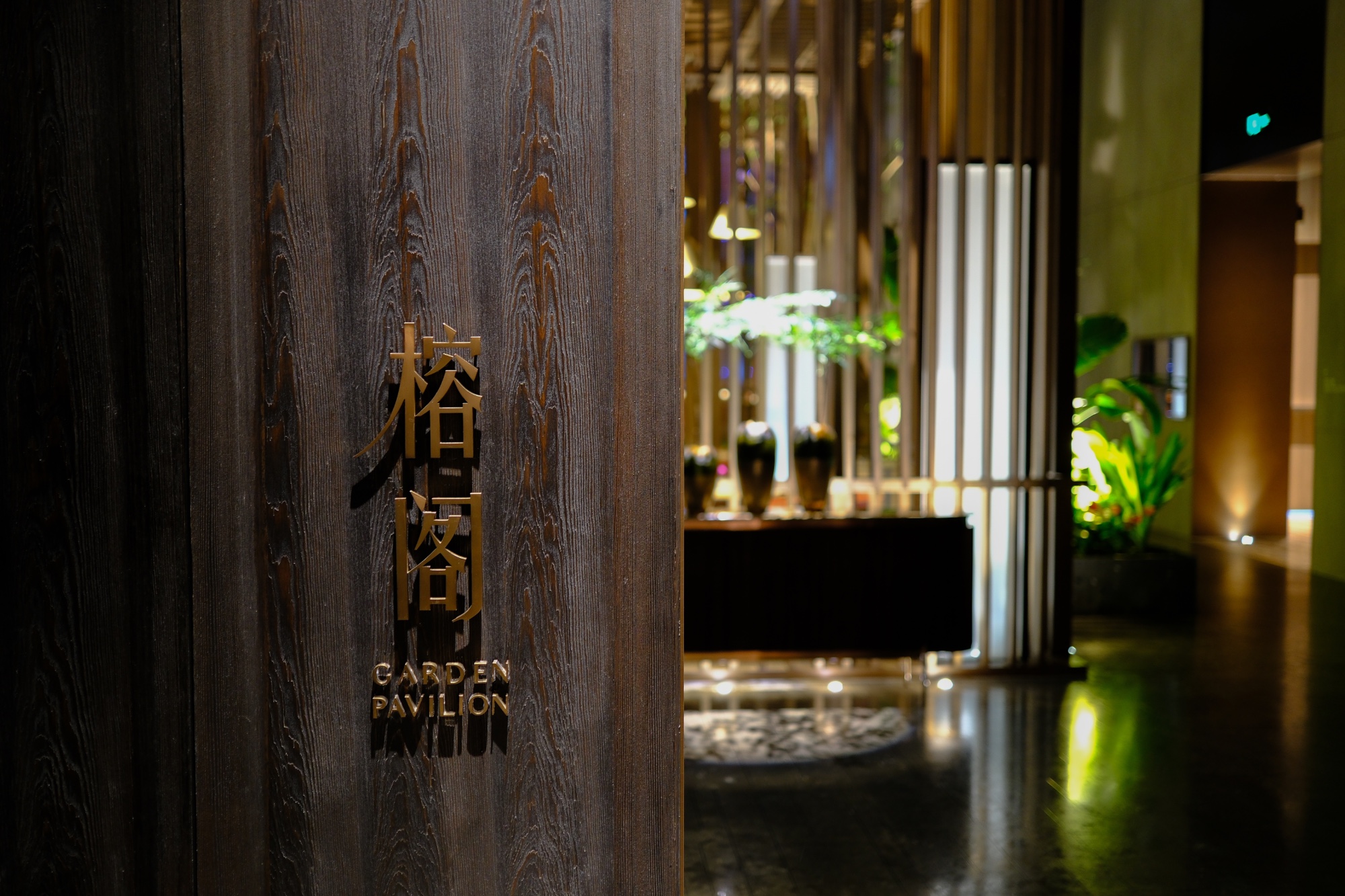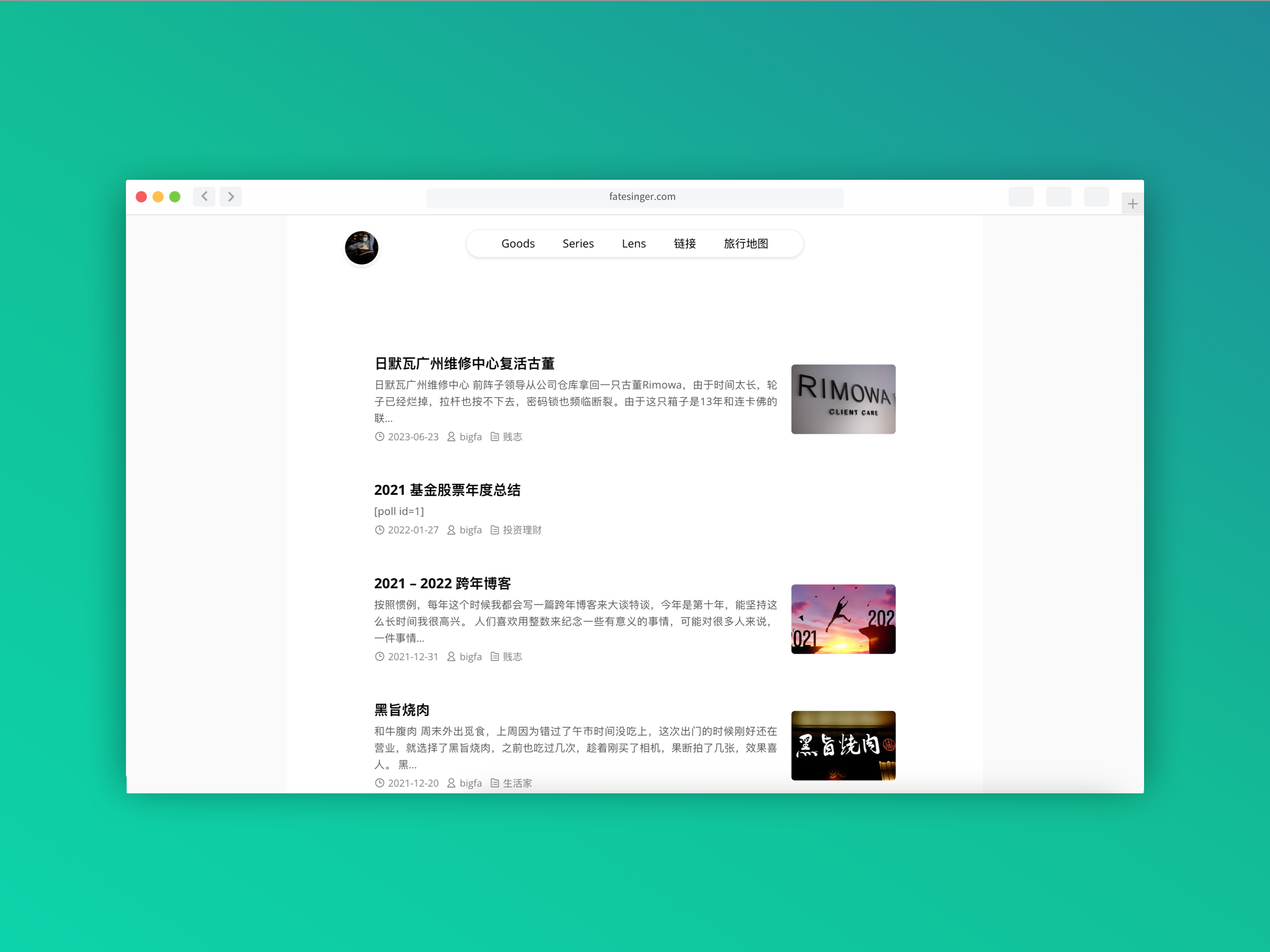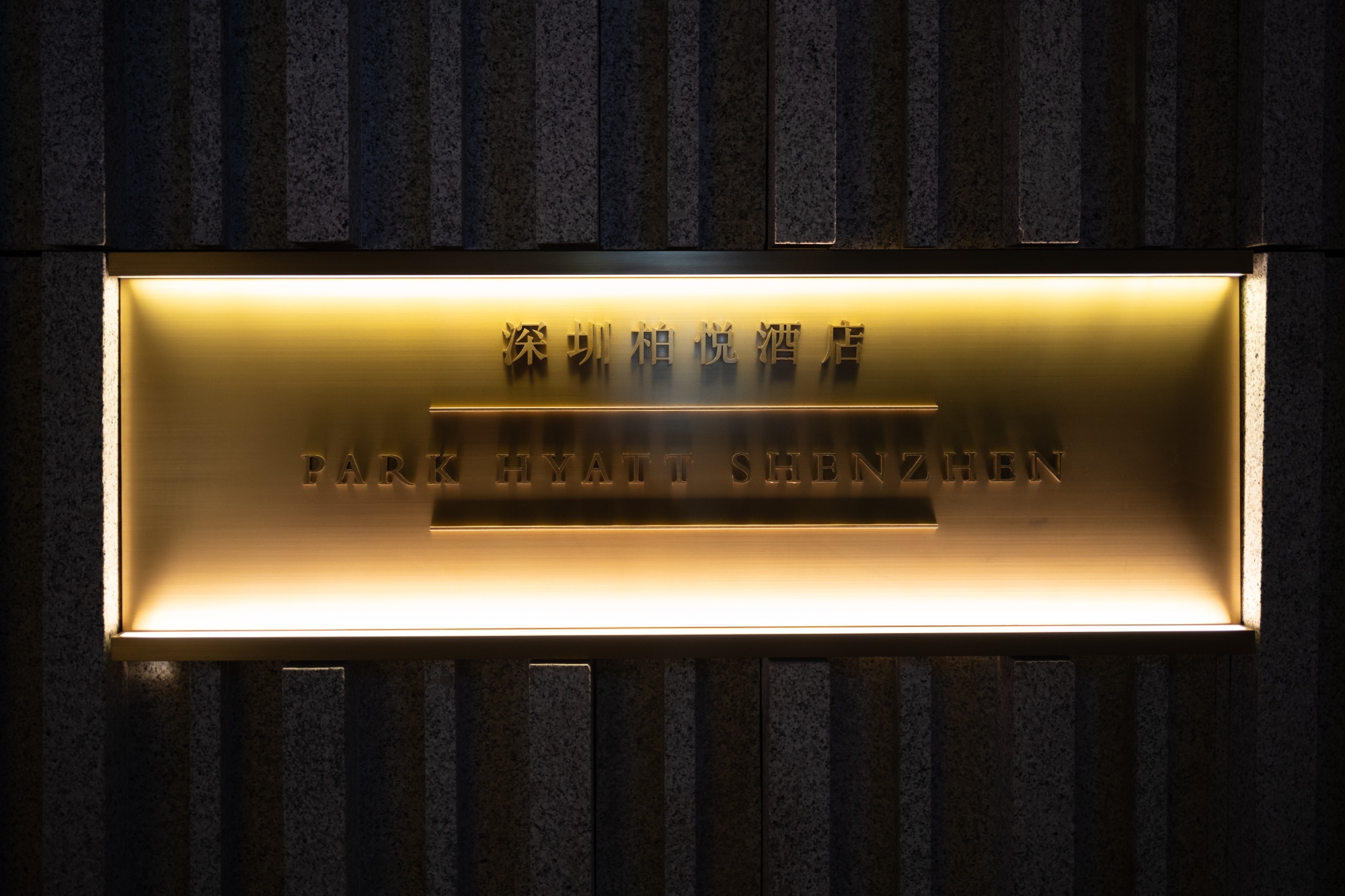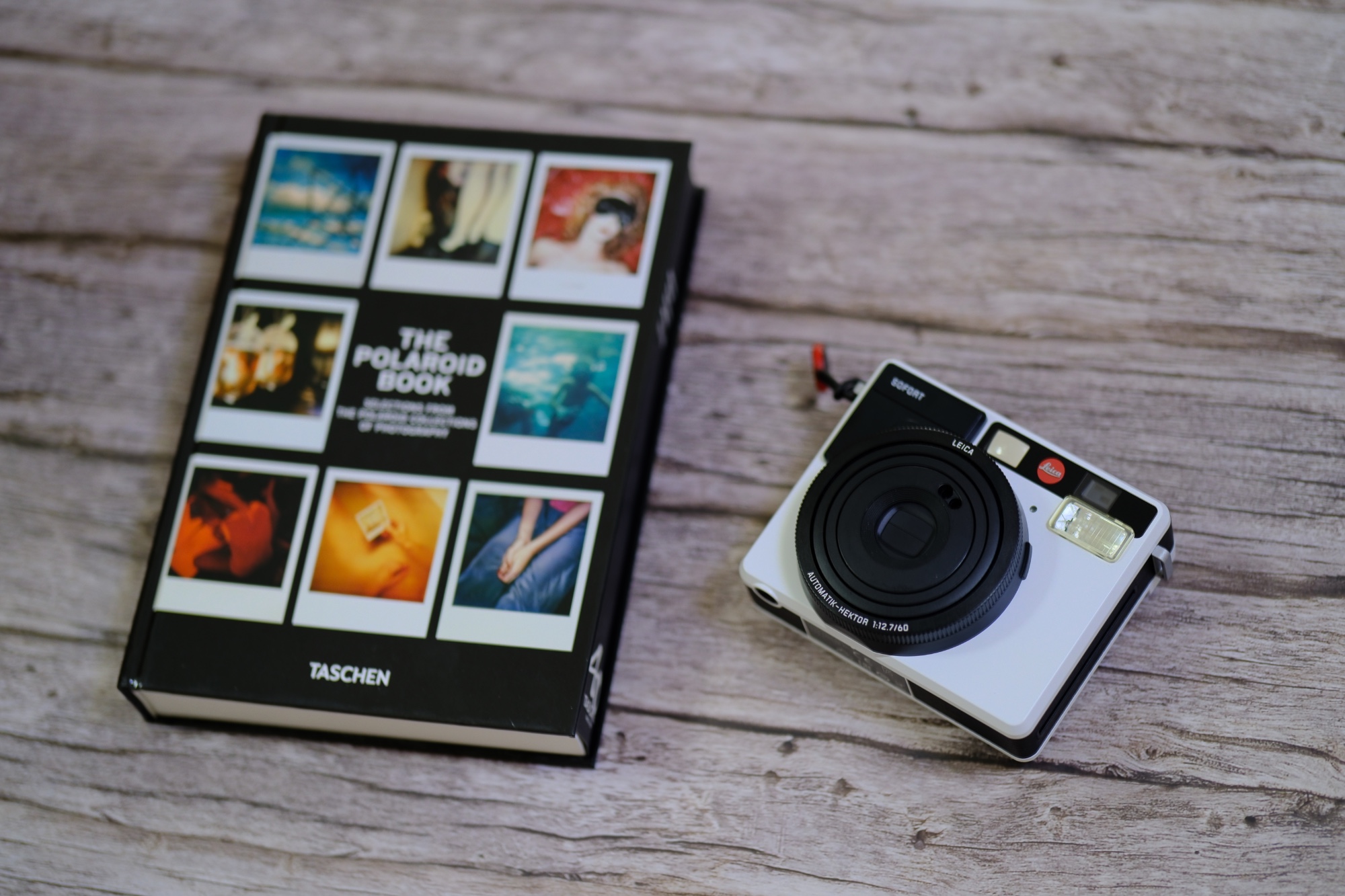
The first instant camera I owned was the Fuji Mini 40. I used it for about a year and a half and took around 400 pictures with it. Because I wanted to try double exposure, I decided to upgrade to the Mini 90. However, I found out that its price has risen to 1500 dollars. Coincidentally, Leica recently released the Sofort 2, which reminded me of the Sofort 1 that I couldn’t afford years ago.
I didn’t expect that after the Sofort 1 was discontinued, its price skyrocketed. Both new and second-hand ones are very expensive. Some things that you couldn’t afford before are still unaffordable later on, that’s life. Fortunately, with the release of the Sofort 2, the price of the first generation dropped a bit. After searching on the second-hand market for a long time, I found one that seemed to be sold by an individual buyer. It was in good condition and the price was acceptable, similar to the initial retail price. After a brief communication, I decided to purchase it.
As it was within the same province, it arrived the next day. Upon receiving it, I inspected it and found no issues with the condition. The camera came with a few sheets of film, so I tried one and realized that the image quality wasn’t very pleasing. I got a bit worried but decided to try a few more, only to find the same results. Then I thought that perhaps the expired film I had been using recently might be the problem due to its shelf life. I replaced it with a new pack and tried another sheet, and it turned out fine. I confirmed that, even though it was a second-hand camera, it fulfilled one of my small wishes from back then.
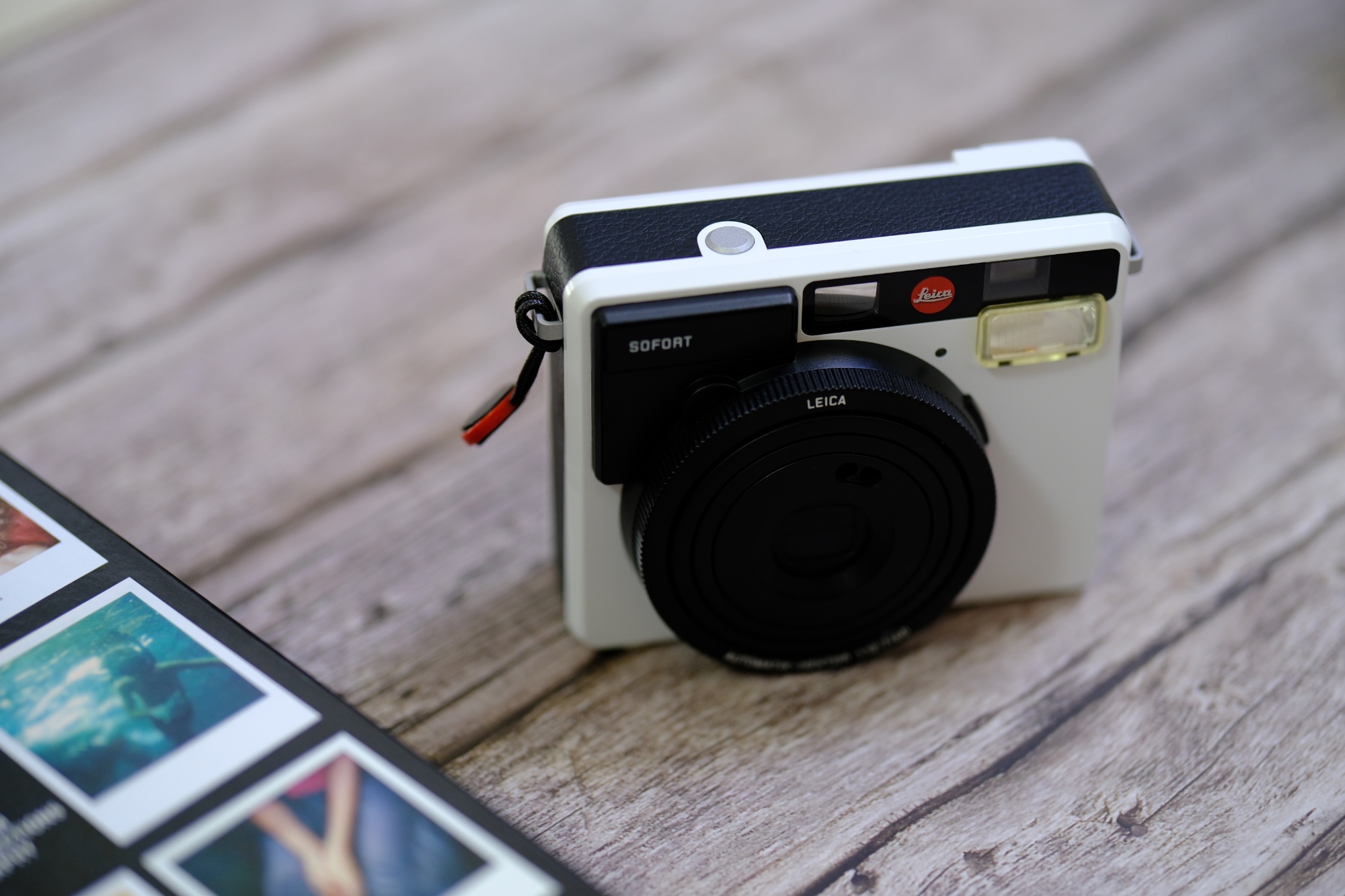
Leica’s instant cameras are all manufactured by Fuji, and the Sofort 1 is essentially a rebranded version of the Mini 90 with the same specifications. The only difference is the positioning of the buttons. Personally, I feel that if the camera malfunctions, it might be more cost-effective to buy a Mini 90 for spare parts and repairs. Now, with the release of the Sofort 2, which is essentially a rebranded Fuji Evo, it functions more like a photo printer. It might be more practical to just buy a Fuji printer instead of playing with the Sofort 2.
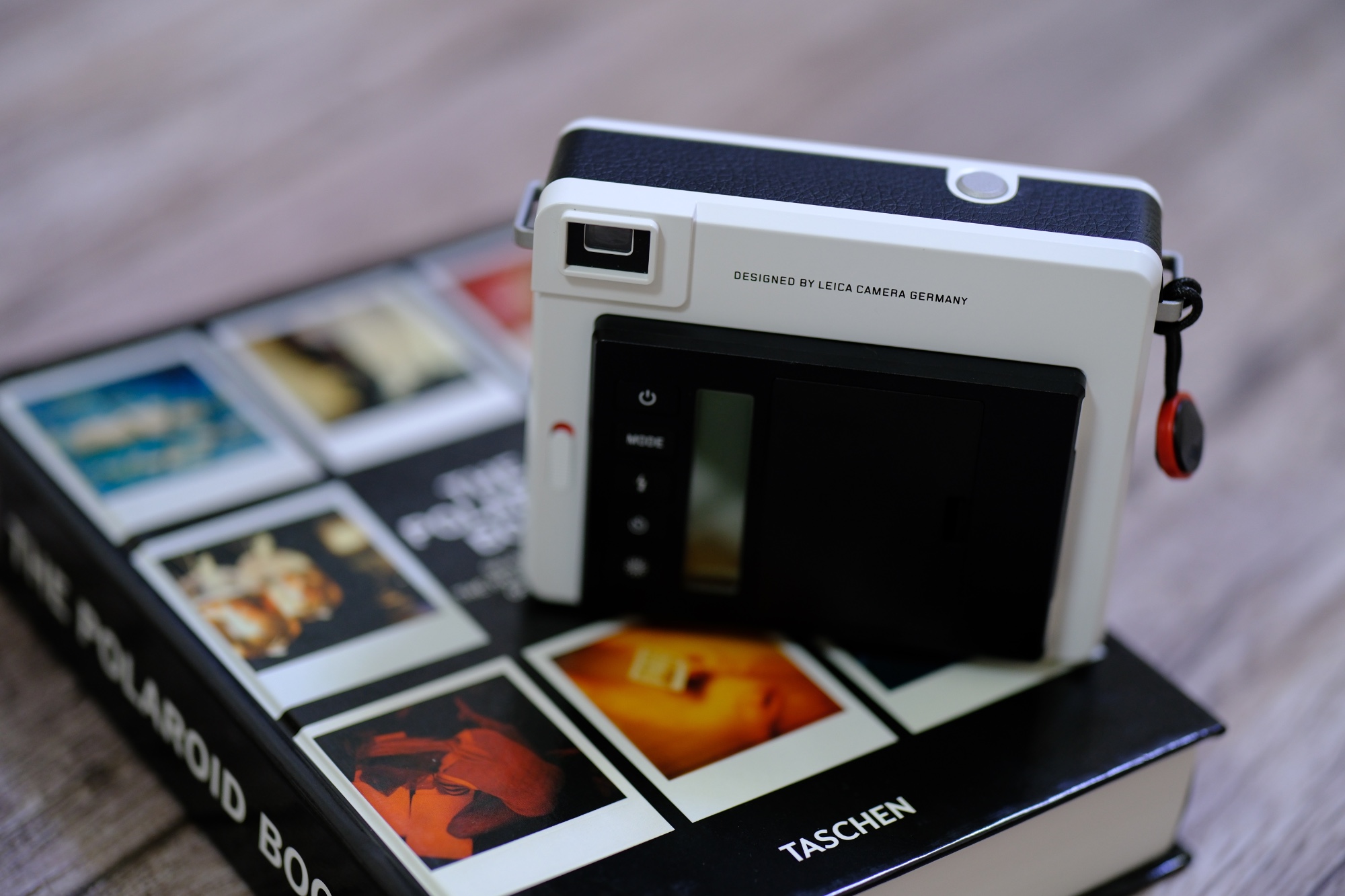
Since it is a rebranded camera, the battery of the Sofort 1 is compatible with the Mini 90. However, the original battery still bears the Leica logo. Leica moved the power switch to the back of the camera, but other than that, there is no difference between the two models.
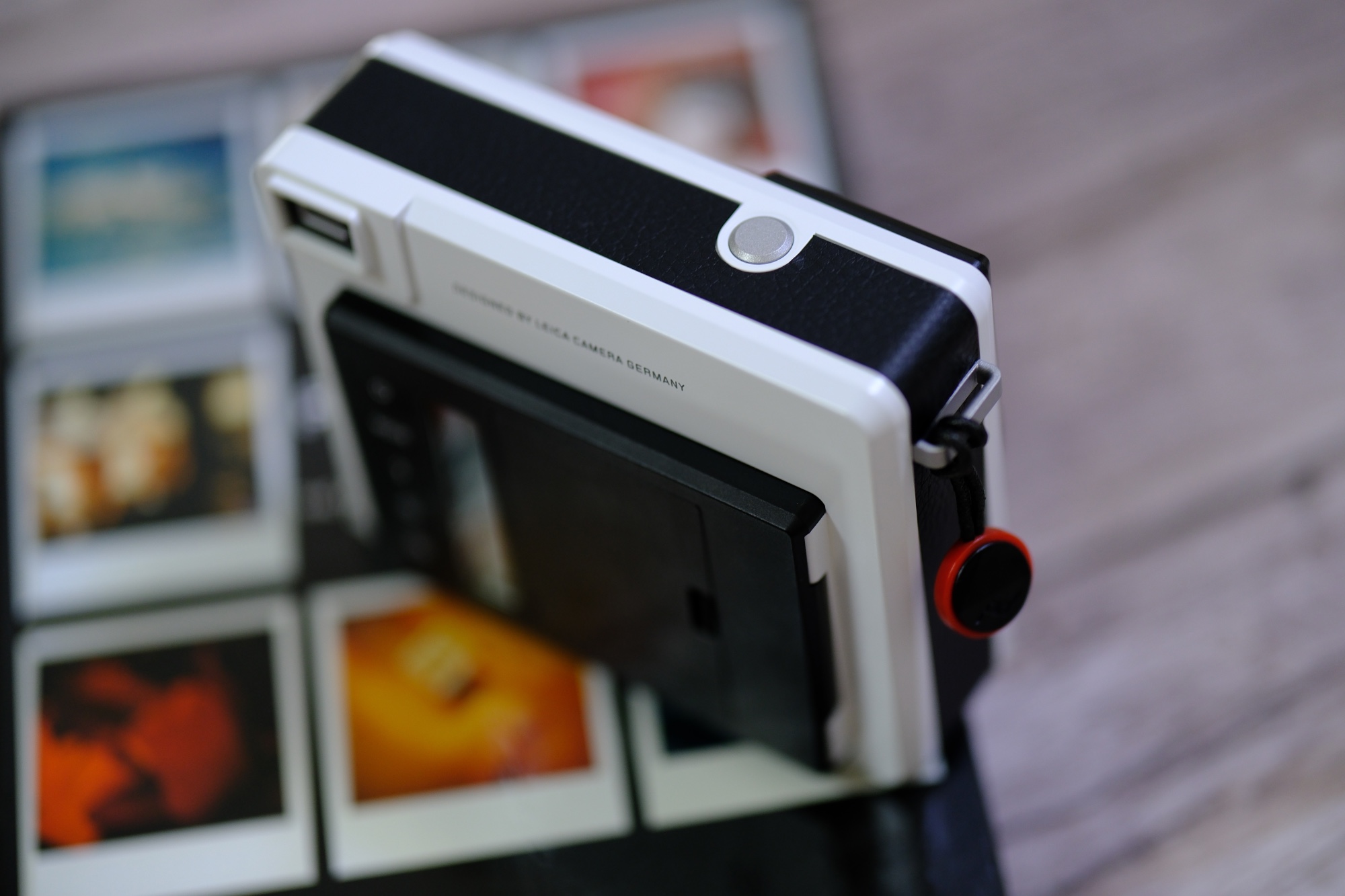
I removed the original strap and replaced it with a quick release buckle from PD. Usually, when I go out, I just use a wrist strap. The camera is also more compact in size.
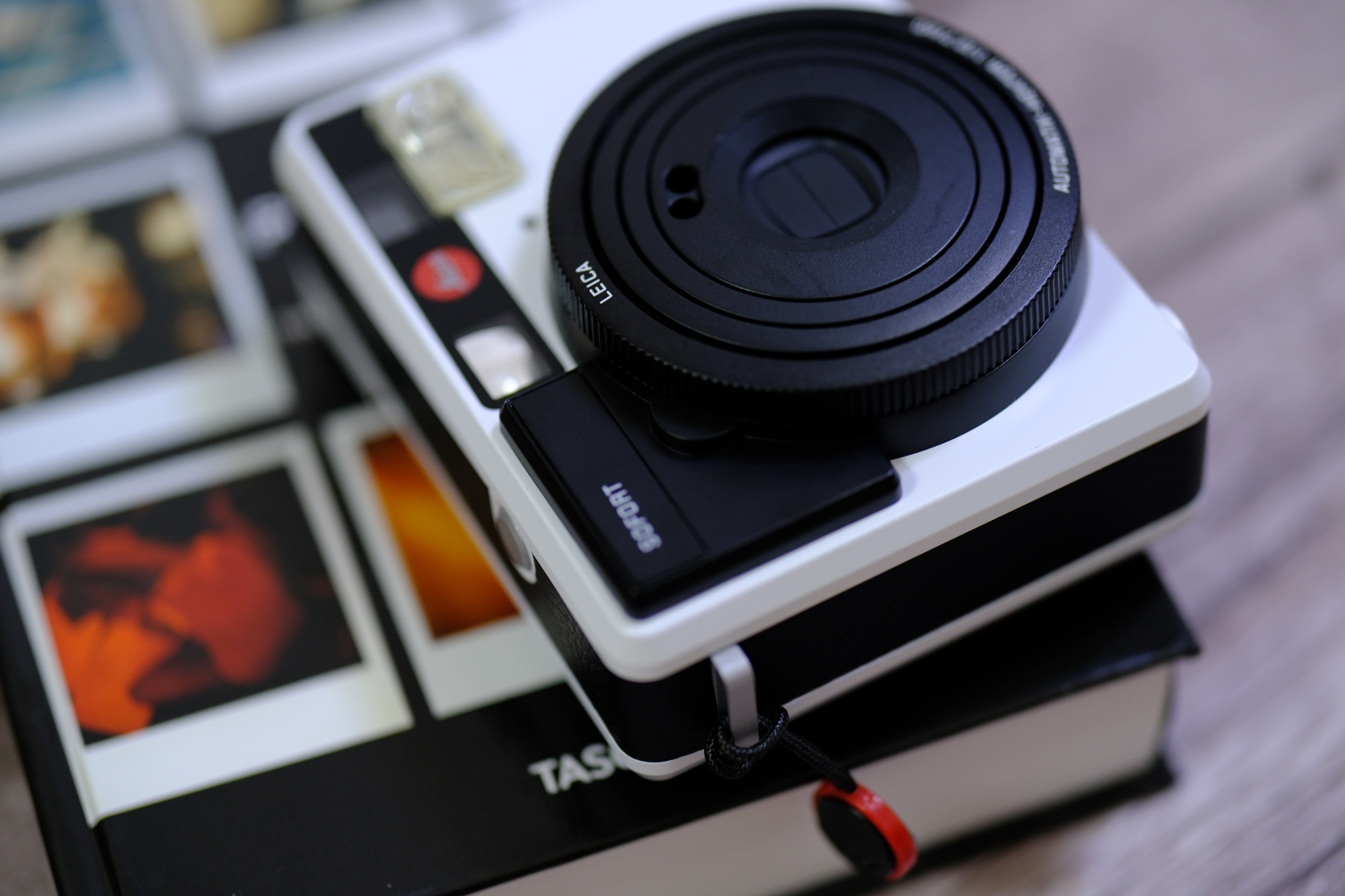
Compared to the point-and-shoot simplicity of the Mini 40, the Mini 90 offers several additional modes. However, I mostly use the party mode with L flash, which is essentially the default setting of the Mini 40. This combination rarely wastes film. The B mode is useful when using a tripod, but I avoid using a tripod as it can easily cause wear and tear on the camera, especially for vintage cameras like this which are difficult to repair if damaged.

I have to say, it’s really difficult to buy film these days. In the past, I could get white-bordered film for around 3 yuan per sheet, but now I have to spend over 5 yuan to get the decorative-edged ones. Yesterday, I got a bit carried away and spent 70 yuan on three boxes of the newly released lavender-purple border film.
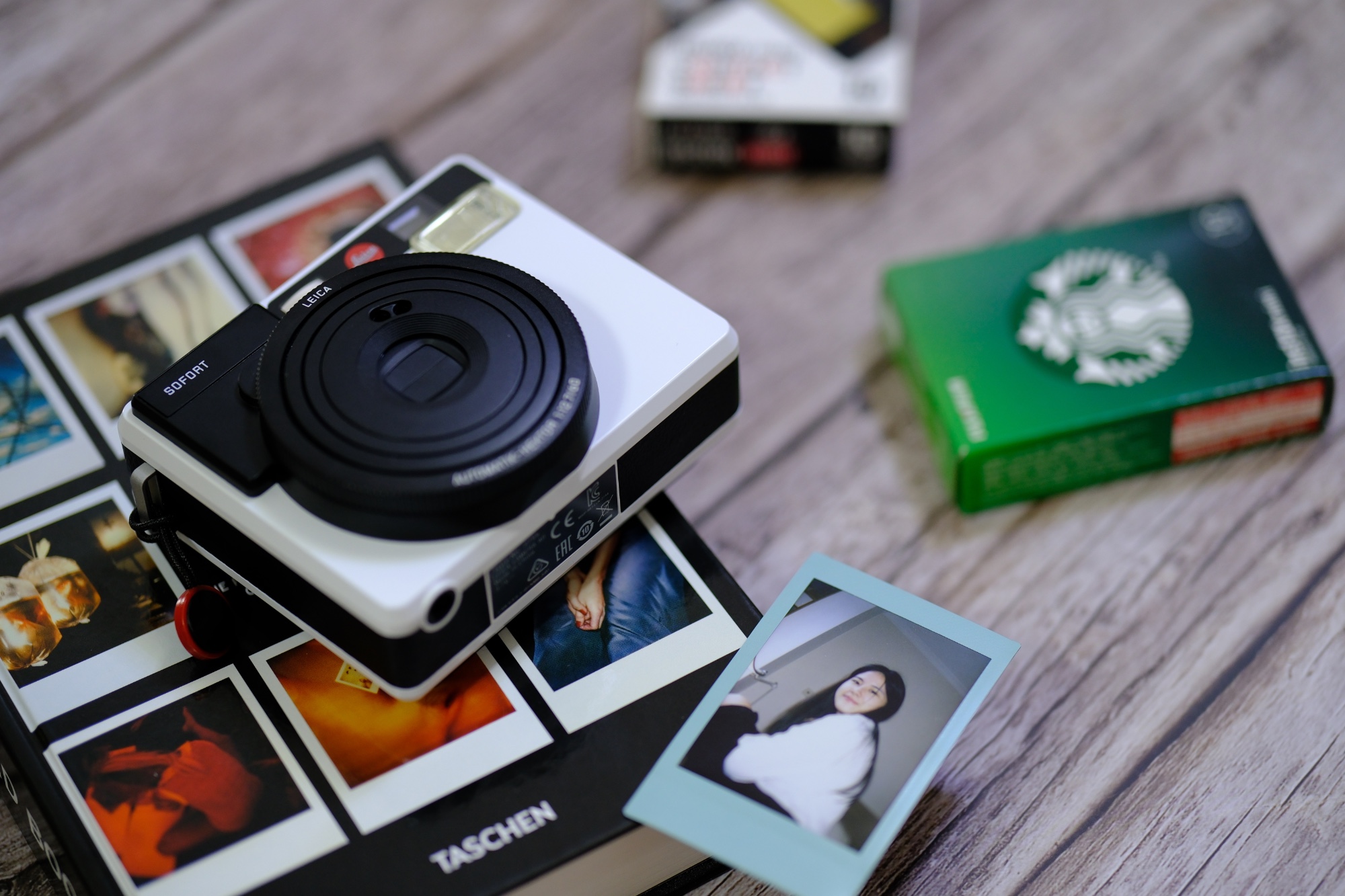
Fuji has an official app that allows you to scan photos to your smartphone. The operation is similar to Google’s Photoscan app, but in my experience, the results are just average and the resolution is too low. You can only view them on your phone. If you want to digitize your photos properly, you’ll need a professional scanner or a macro lens, but those can be quite expensive.
Overall, I’m really happy with this purchase. I even took some staged photos. Lately, I’ve been quite satisfied with my shopping experiences, and I haven’t had that feeling of regretting my purchase before even receiving it.

